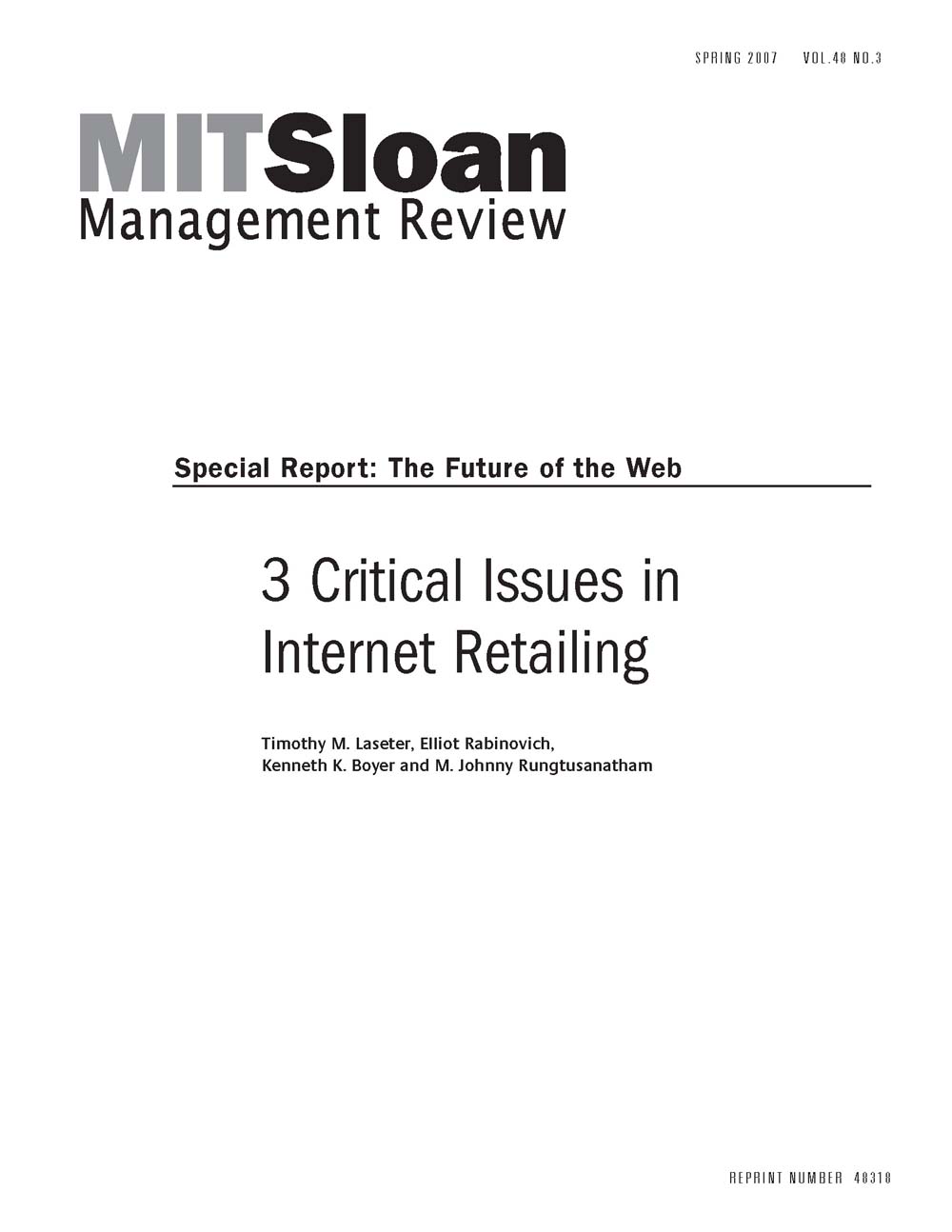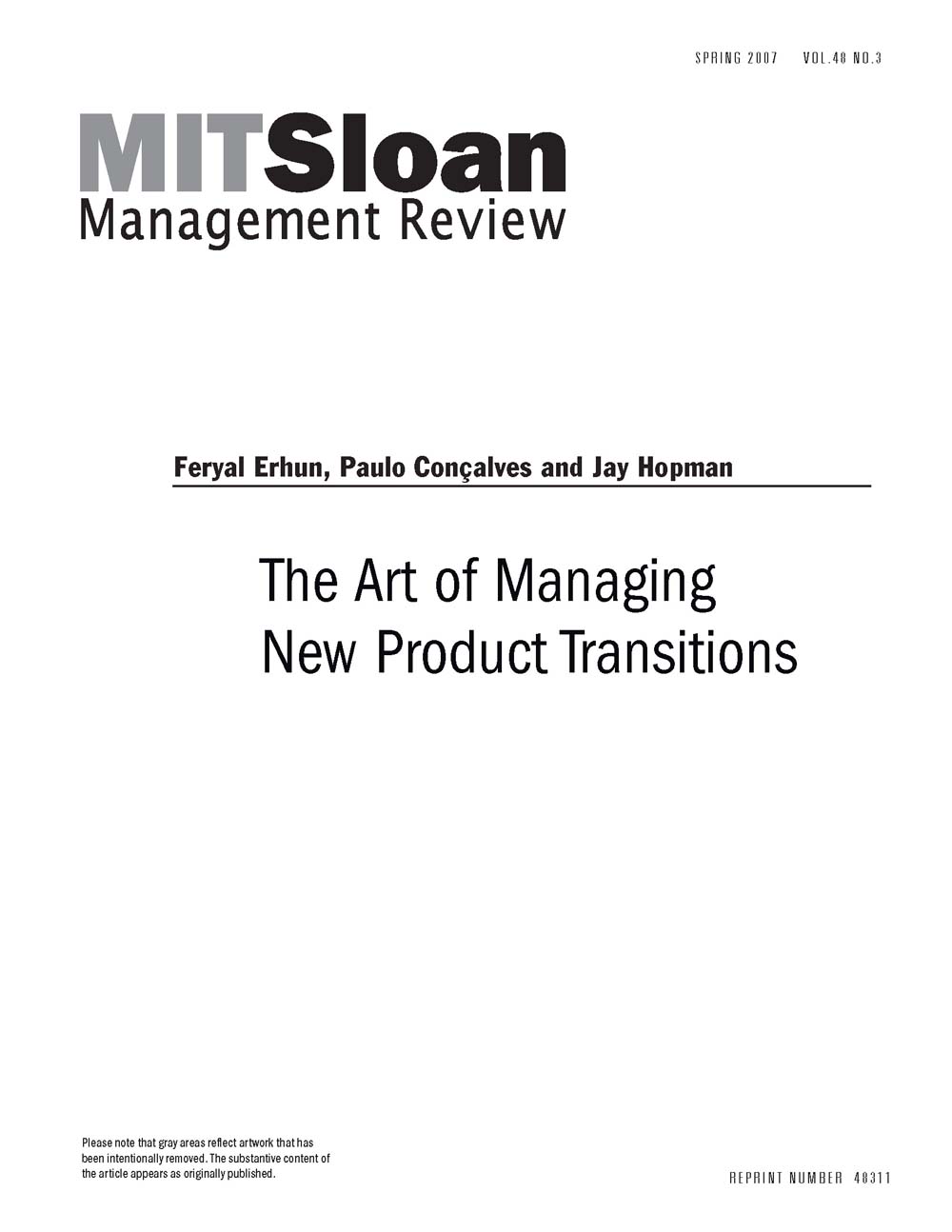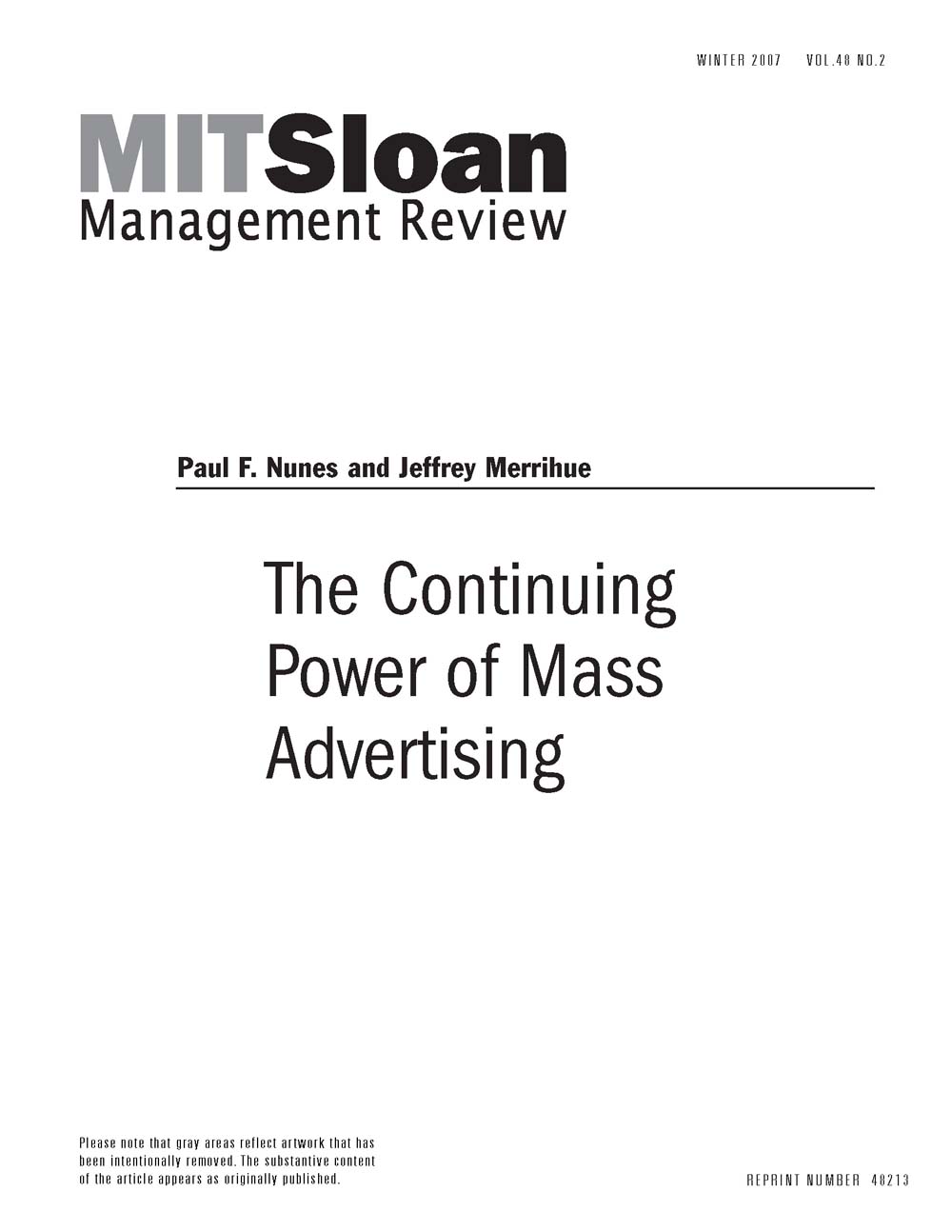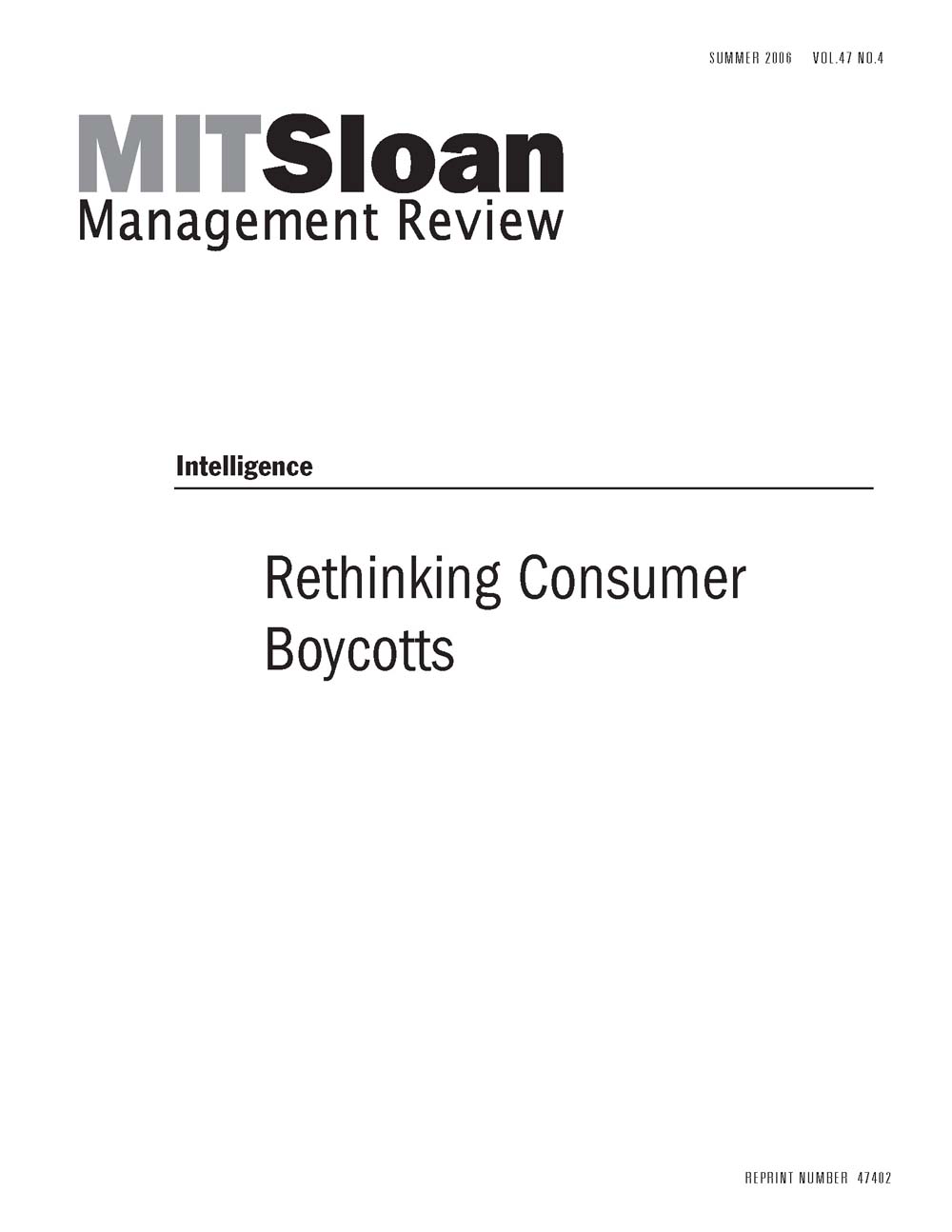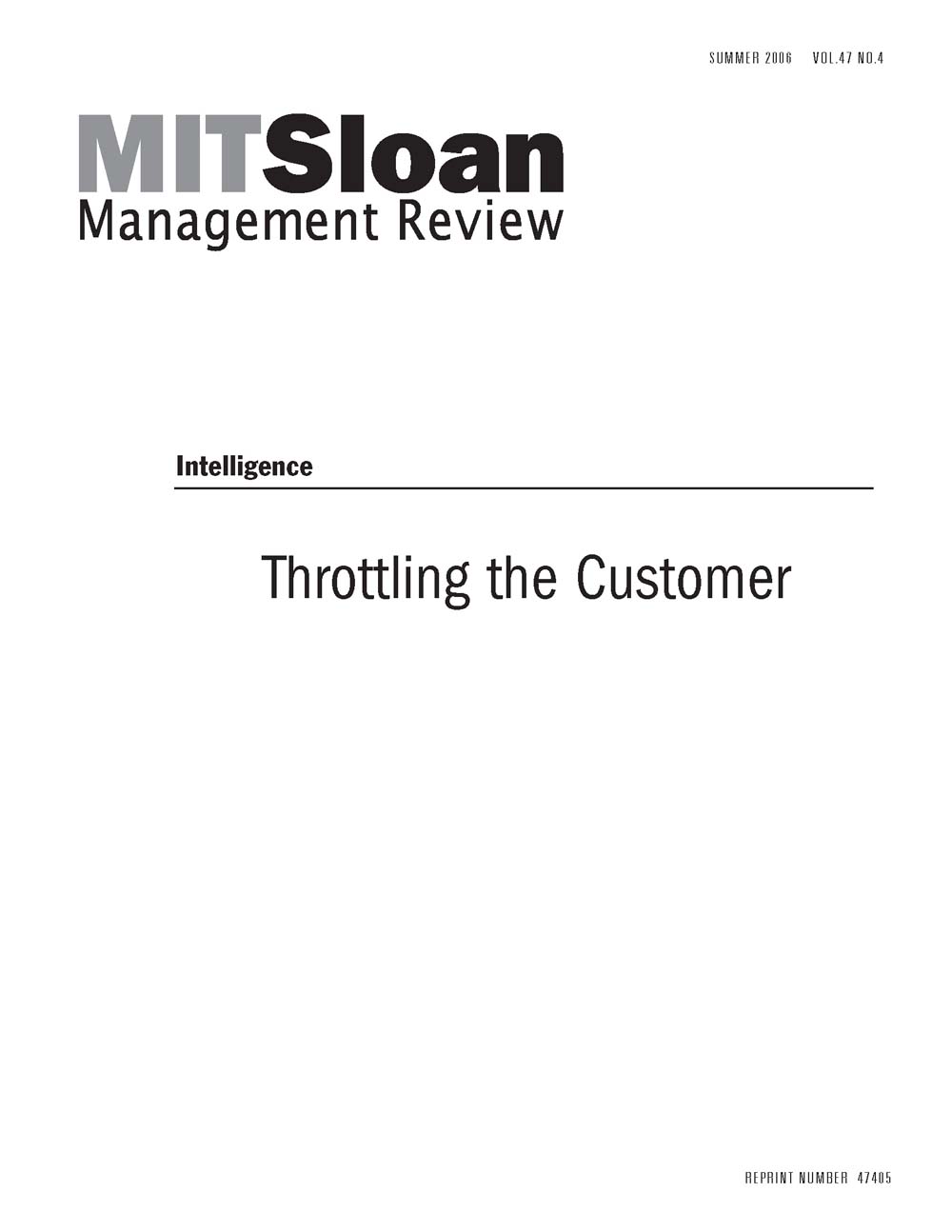Dynamic pricing, in which prices respond to supply and demand pressures in real time or near-real time, has long been used by airlines and hotels. Now dynamic pricing is making inroads in many different sectors including apparel, automobiles, consumer electronics, personal services, telecommunications and second- hand goods. These companies are making use of new findings on dynamic pricing and of increases in data-processing power to raise their average realized prices, thereby increasing revenues and profits. There are two mechanisms for dynamic pricing: posted prices that customers can see; and price-discovery mechanisms, in which customers determine prices through their own actions. These two mechanisms are employed in seven different forms: yield management (commonly used by airlines), demandbased pricing, three types of auctions, group buying and negotiations. The article describes eight situations for using the various forms of dynamic pricing. An important constraint in employing dynamic pricing is consumers' Latitude of Price Acceptance, which varies for different products and situations and which can be discovered through observation, surveys or analysis of demand elasticities. Customer participation in the pricing process decreases the chances of a consumer backlash. Customers also tend to embrace dynamic pricing in the following situations: where the price reflects intensity of demand for the product, there is communication between the seller and the consumer, and the price difference is explained by a difference in perceived value across channels through which the transaction occurred. The more the seller understands the buying cycles and habits of the customer, the more he is able to manage price margins to the rhythm of the customer's shopping, to segment customers and to develop price discrimination.
Marketing
Page 16 of 23
-
3 Critical Issues in Internet Retailing
Managing returns, structuring the physical distribution network and deploying product inventories are all key.
-
Finding the Right Job For Your Product
Most companies segment their markets by customer demographics or product characteristics and differentiate their offerings by adding features and functions. But the consumer has a different view of the marketplace. He simply has a job to be done and is seeking to & #x201C;hire” the best product or service to do it. Marketers must adopt that perspective.
-
The Art of Managing New Product Transitions
Faster time to market and shorter product life cycles are pushing companies to introduce new products more frequently. While new products can offer tremendous value, product introductions and transitions pose enormous challenges to managers. In studying product introductions, the authors found that a common handicap was the lack of a formal process to guide managerial decisions. Drawing from research at Intel and examples from General Motors and Cisco Systems, the article develops a process to facilitate decision making during new product transitions. The proposed process analyzes the risks impacting a transition, identifies a set of factors across departments tracking those risks, monitors the evolution of these factors over time, and develops playbook mapping scenarios of risks and responses. The process helps level expectations across the organization, lessens the chance and impact of unanticipated outcomes, and helps synchronize responses among different departments. It assists managers in designing and implementing appropriate policies to ramp up sales for new products and ramp down sales for existing products, balancing the supply and the demand for both so that combined sales can grow smoothly.
-
The Continuing Power of Mass Advertising
For several years now, marketers have been urged to embrace one-to-one marketing and to offer microsegmented consumers customized products and services through targeted outreach. While the "market of one" approach can pay off, says the author, it requires a significant upfront investment, including: implementing customer relationship management software applications; filtering, enhancing and cleaning customer data; and personalizing interactions (e-mail, billing, offers and so on). These activities take time and coordination of multiple parts of the organization (marketing, customer service, sales, information technology), which can be daunting for companies trying to react quickly to a changing environment. In addition, those systems have often produced disappointing results because their use was not well integrated with corporate strategy. Also, micro-marketing strategy, on its own, is too narrow. Companies still need to reach broad groups of people with messages that are not dependent on an individual's decision to open an envelope (whether virtual or physical), pick up the phone or click on a box. But broad-based, broadcast media is ineffective and expensive. Fortunately, there are alternative solutions, such as one-to-one targeting and the broadcasting of 30-second television spots. The author's research on trends in marketing spending and consumer attitudes about advertising reveals four strategies available to companies that want to reach broad groups of people without breaking their marketing budget. The strategies are liberally illustrated with examples of Nike, Microsoft, UBS, Delta, Sony, Procter & Gamble, Citibank, Nextel, Honda, Nokia and McDonald's, among others.
-
Systems Marketing for the Information Age
Globalization, at its core, is about a new operating theory of the world based on connectedness between, across, above, below and through preexisting political, social, economic, thematic, geographic and security boundaries. The connections and interactions can be so intense and transformative, says the author, that we can no longer distinguish between actors and their environments. Advances in telecommunication have linked the information and economic domains of customer, competitor and collaborator as never before. And, because all players have access to virtually the same information and information technologies, and can therefore equally target a demographic with precision, there is no compelling competitive advantage in any digital marketing capability. At the end of the day, marketers confront the same dilemma they turned to the Internet and information technology to solve: consumers opting out in ever greater numbers. To grow a business today, says the author, companies must take a marketing ecosystems view, which shifts away from the logic of "brand" as the primary unit for business strategy. Citing Microsoft, Google, AT&T and McKinsey, among others, the author suggests that the only sensible way for a company to compete is not by offering new products with similar functional attributes, but by being better than its rivals at molding the ecosystem in which the competition takes place.
-
Merging the Brands and Branding the Merger
When one company acquires another, executives have 10 distinct options for the corporate rebranding.
-
-
-




